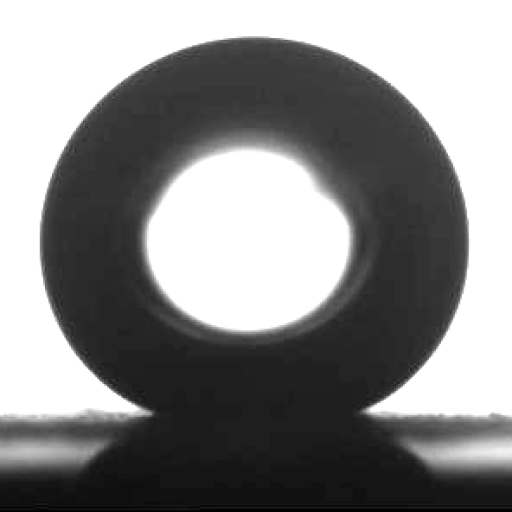Superspreading without Surfactants
When we put a droplet of water on a surface, we expect it to spread out to some degree. However, the speed at which it spreads out and the distance it spreads depends on the surface on which the droplet is placed. In technological processes such as printing, painting and spraying, the ability for a droplet to spread quickly, wet a surface and form a film is important . Wetting can be enhanced with the use of surfactants, but this isn’t always desirable.
Instead of using surfactants, the wetting of a solid surface by dielectric liquids can be modified using liquid dielectrophoresis or electrowetting. By using a non-uniform electric field, we can change the surface free energy balance between the surface, liquid droplet and vapour surrounding the droplet. Liquid dielectrophoresis allows us to wet what would otherwise be a non-wetting surface, without any need to modify the surface itself. By choosing the value for the voltage, we can “dial up” the final state of a droplet. We can also alter how fast the droplet spreads. The induced wetting is also reversible, so we can repeatedly move between the droplet and film states.
Publications
- Dielectrowetting driven spreading of droplets G. McHale, C.V. Brown, M.I. Newton, G.G. Wells and N. Sampara, Physical Review Letters 107 (2011) art. 186101.
- Voltage induced superspreading C.V. Brown, G. McHale and N. Sampara, Nature Communications 4 (2013) art. 1605.
